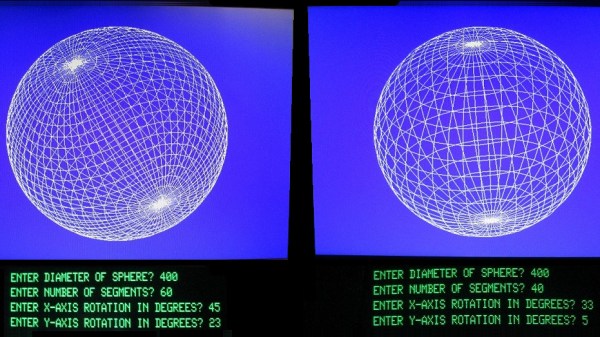In interaction designer [Leonardo Amico]’s work Processing Decay, lettuce is used as an input to produce sound as an element within a CMOS circuit.
We’ve all seen lemons and potatoes doubling in science-fairs as edible batteries, but lettuce is something else. [Leandro]’s circuit uses alligator clips to insert lettuce into oscillators in this audio generating circuit — we think they’re behaving like resistors. Without refrigeration, the resistance of the lettuce changes, and so does the oscillation in the circuit. In a matter of hours, days, and weeks the cells degrades slowly, modulating the system and its sonic output. What a way to make music!
This hack isn’t the freshest — the video dates from nine years ago — but this is the first lettuce circuit we’ve seen. Of course, we love other food hacks like these multi-wavelength lasers used to cook 3D-printed chicken, or maybe the circuit can make use of this neural net detecting fruit ripeness.


















